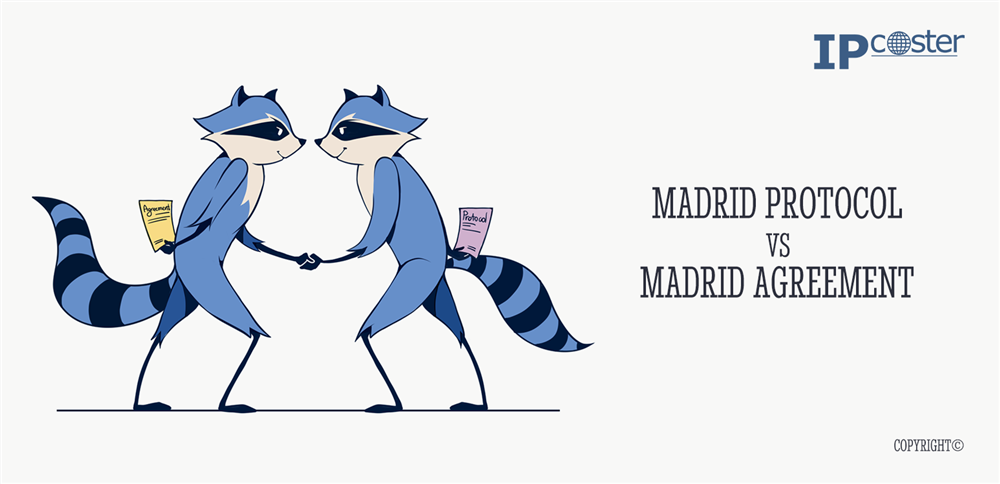IP-Academy

Madrid Protocol vs Madrid Agreement
The Madrid System for the International Registration of Trademarks is based on two core treaties: the Madrid Agreement (1891) and the Protocol Relating to the Madrid Agreement (1989).
Both aim to simplify the process of obtaining trademark protection in multiple countries simultaneously.
Although both treaties serve a common purpose, there are several important differences between them.
Key differences between the Madrid Agreement and its Protocol:
• Flexibility and Membership:
The Protocol offers greater flexibility: intergovernmental organizations and countries with diverse legal systems can join.
The Agreement allows accession only by individual countries.
• Filing Basis:
Under the Agreement, an international application can be filed only on the basis of a national registration.
The Protocol allows filing based on a national application as well, providing more options for applicants.
• Criteria for the Office of Origin:
The Agreement requires a “real and effective industrial or commercial establishment” in the country of origin.
The Protocol broadens the criteria to also include domicile or nationality.
• Languages of Filing:
Initially, the Agreement allowed only French for filings.
The Protocol introduced English, and as of 2004, also Spanish.
However, offices of origin may restrict the choice of language.
• Fee Structure:
The Agreement sets a fixed fee per designated country.
The Protocol allows “individual fees” equivalent to the national fees of the designated country.
• Time Limit for Refusal:
The Agreement provides 12 months for a refusal decision.
The Protocol extends this period to 18 months, with a possible extension in case of oppositions.
• Trademark Validity:
Registrations under the Agreement are valid for 20 years, whereas the Protocol sets a 10-year validity period, with the possibility of renewal.
It is important to note that since 2016, all international applications under the Madrid System are filed exclusively under the Protocol, even if the member countries are party to both treaties.
Due to its flexibility and universal application, the Protocol has become the foundation of the modern Madrid System.
It has made the system highly adaptable to various legal frameworks and applicant needs worldwide.